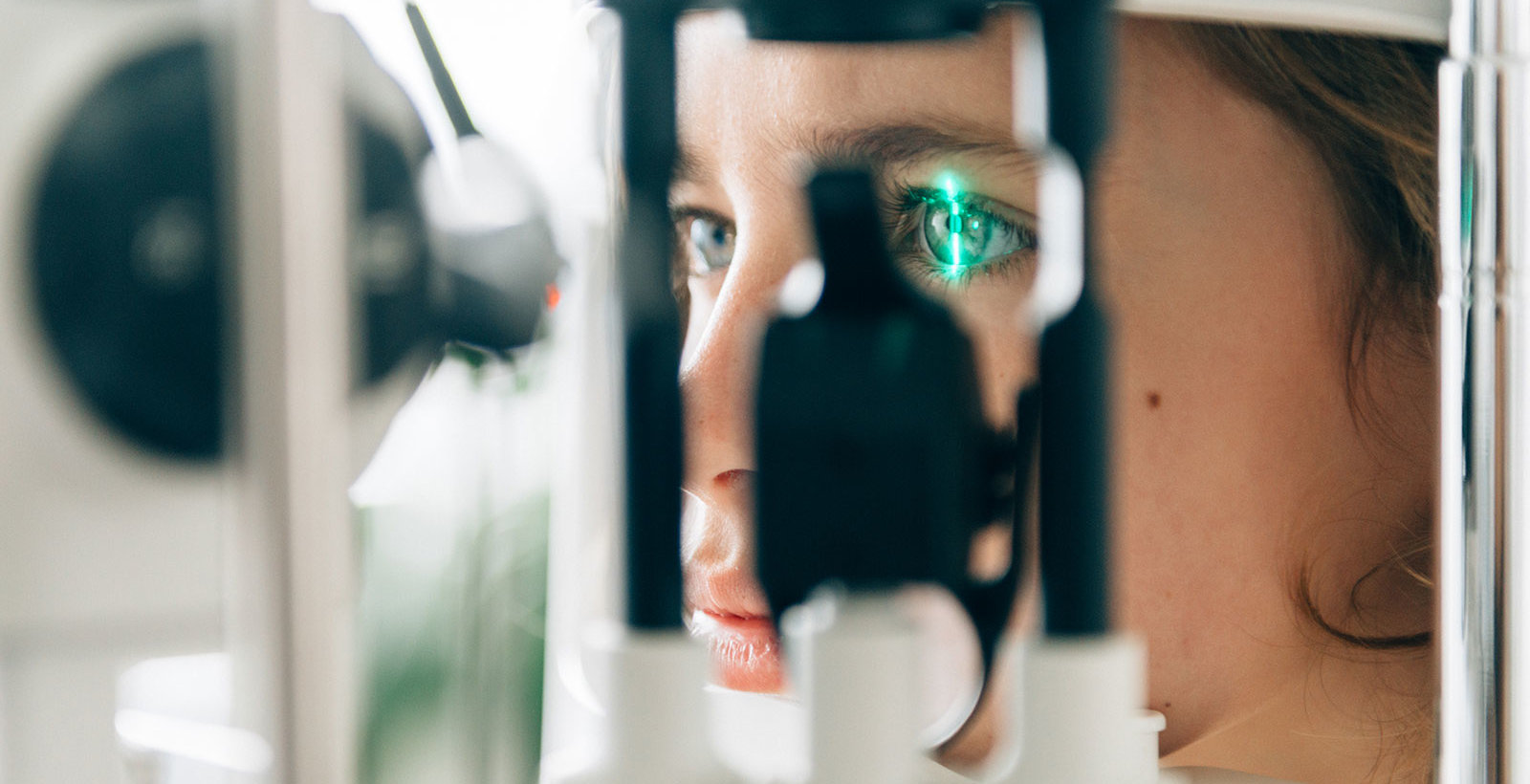Overview of diseases
Our initial focus is on severe inherited retinal diseases for which there are no currently approved or satisfactory treatments. Our goal is to provide patients with long-lasting treatment that leverages our cutting-edge expertise in combining a gene therapy-based approach with our proprietary technology platforms of mitochondrial targeting sequence, or MTS, and optogenetics.
